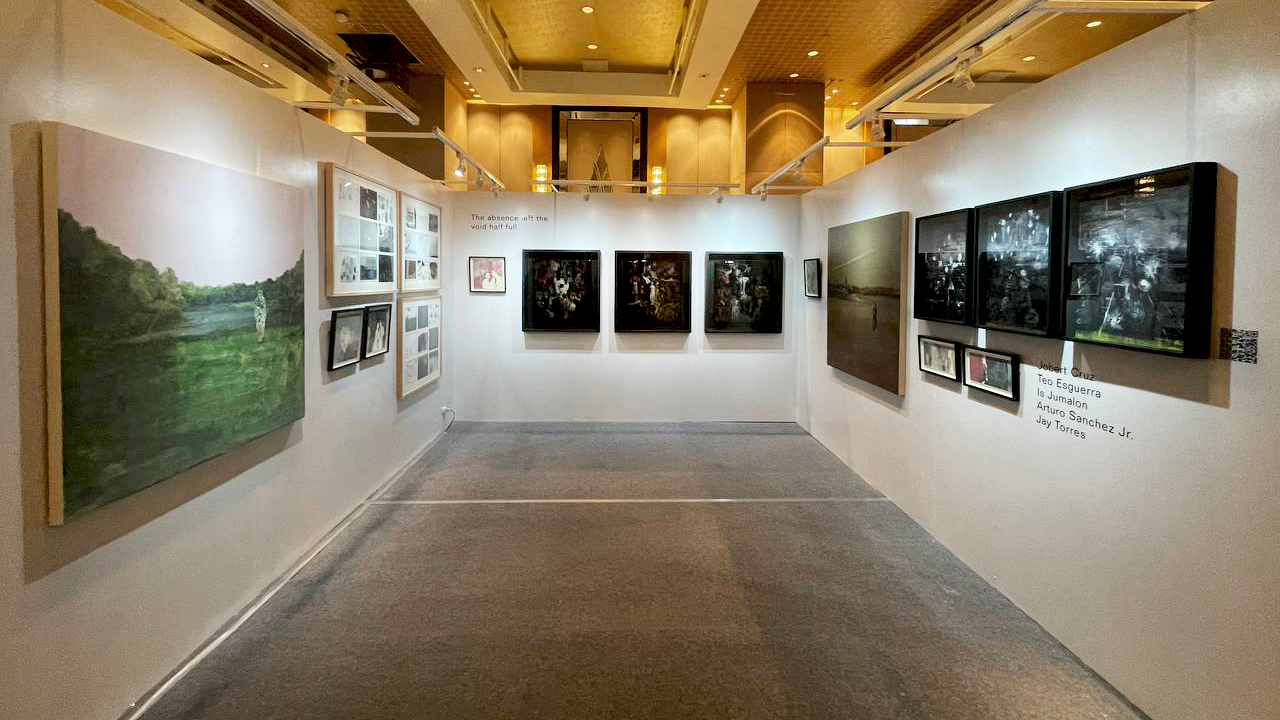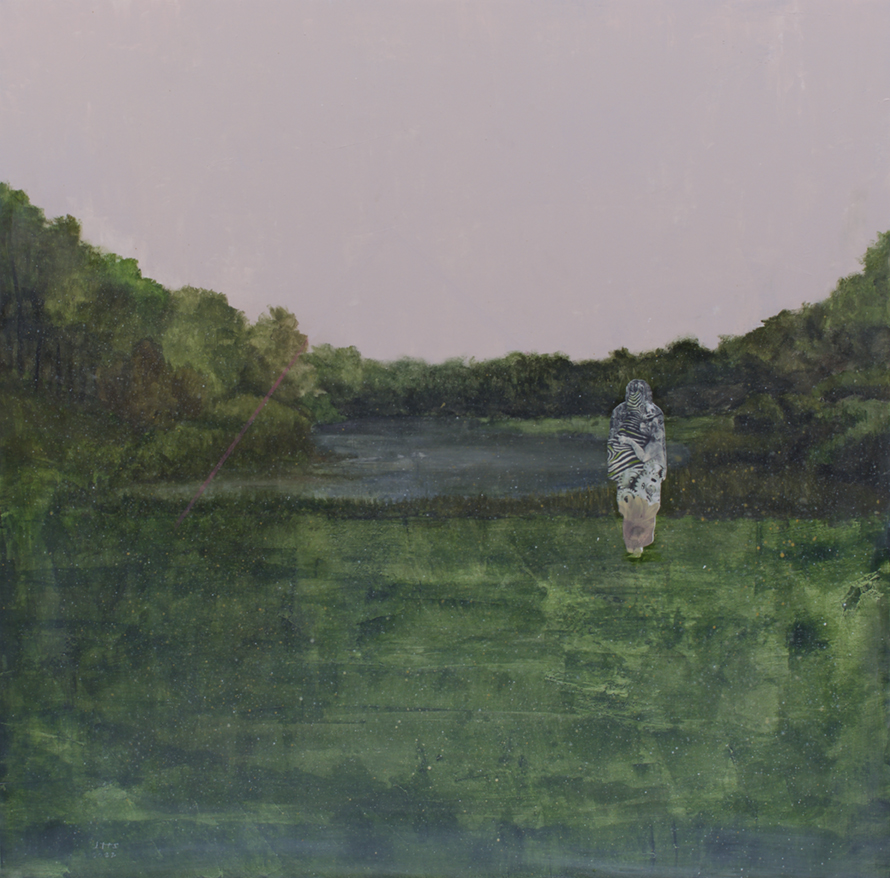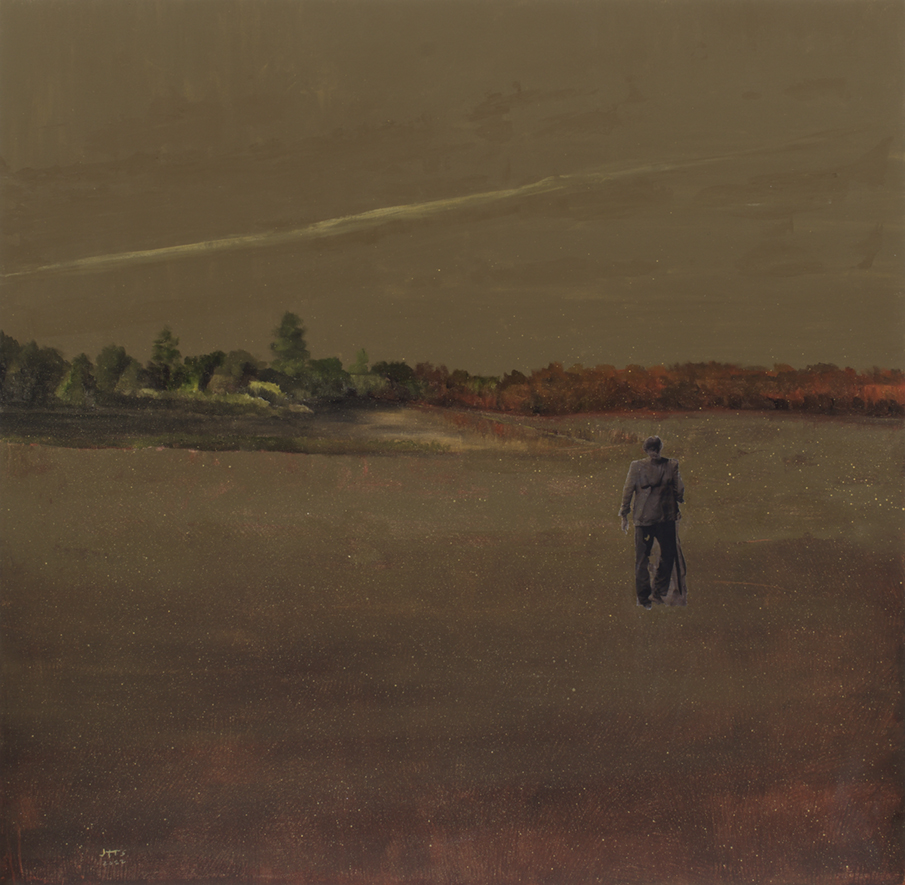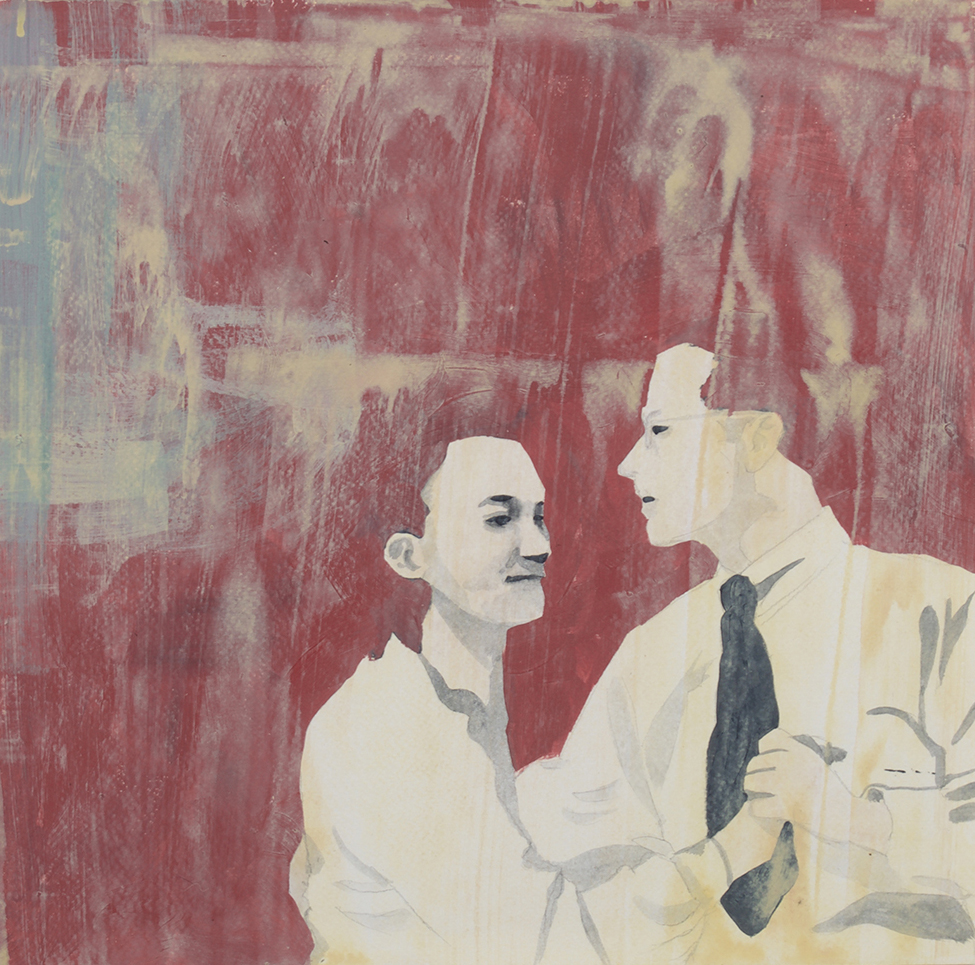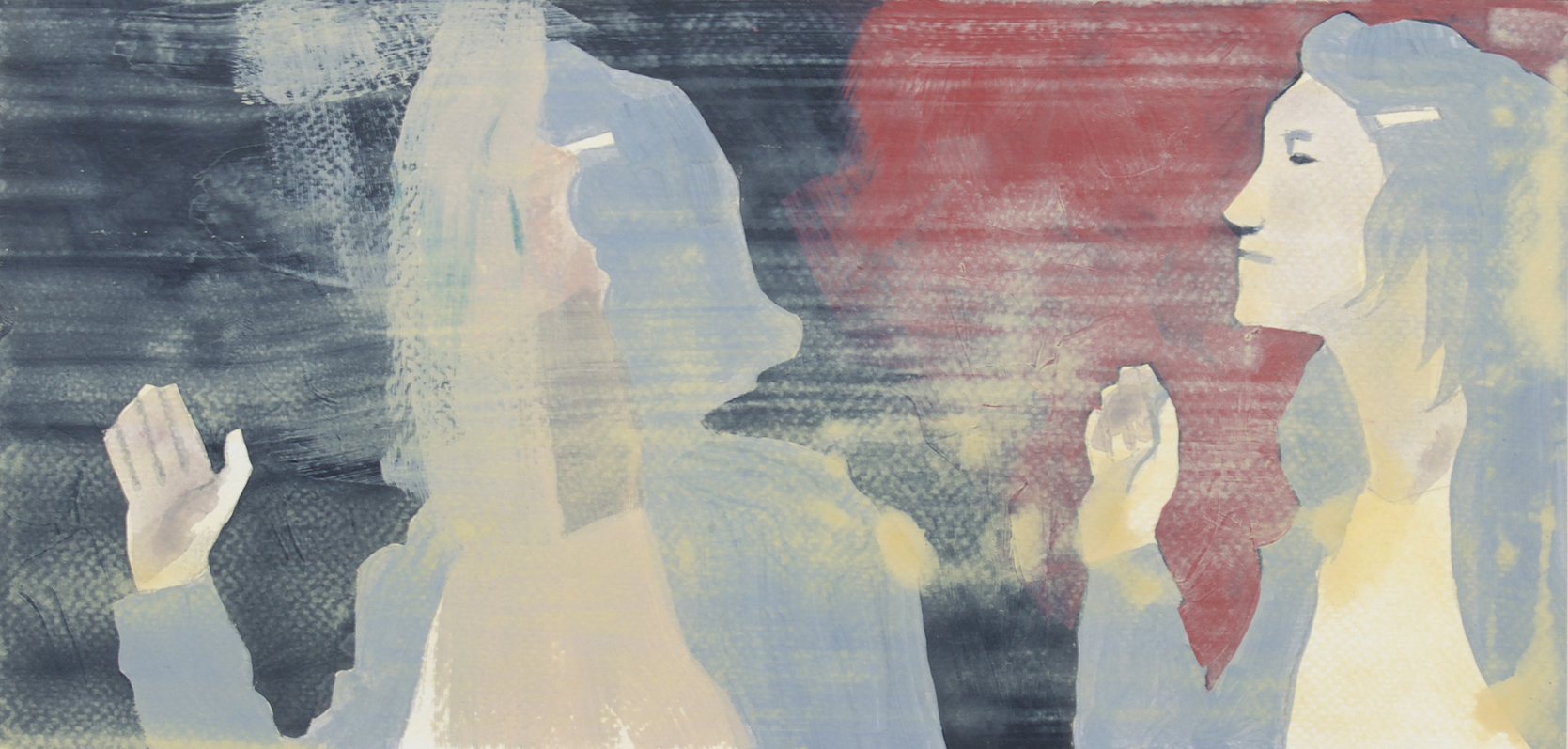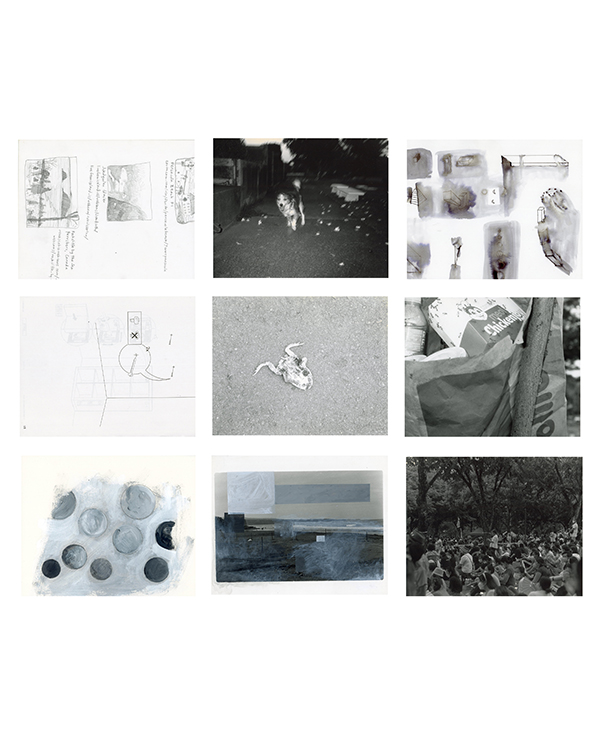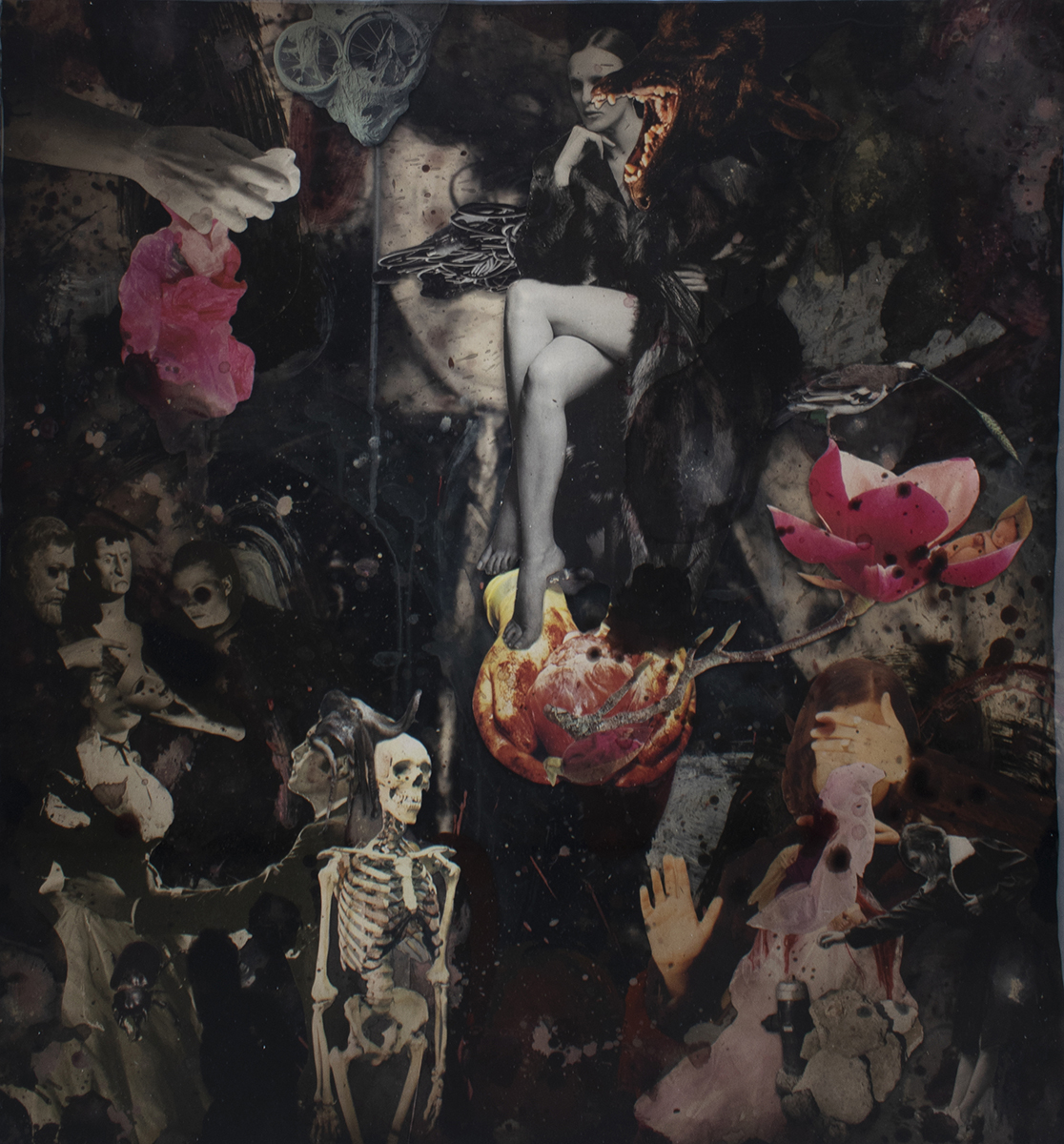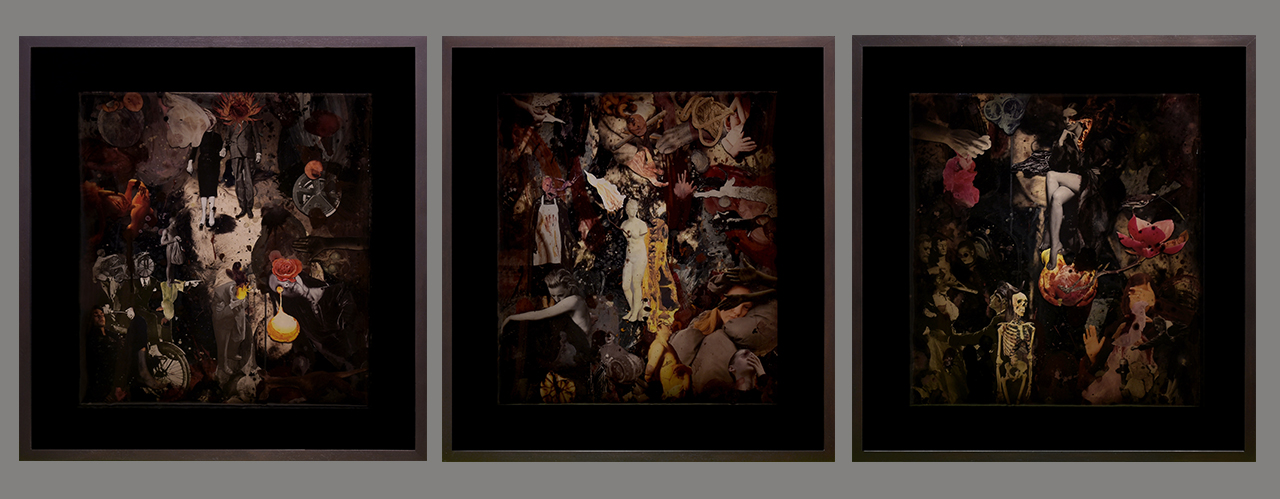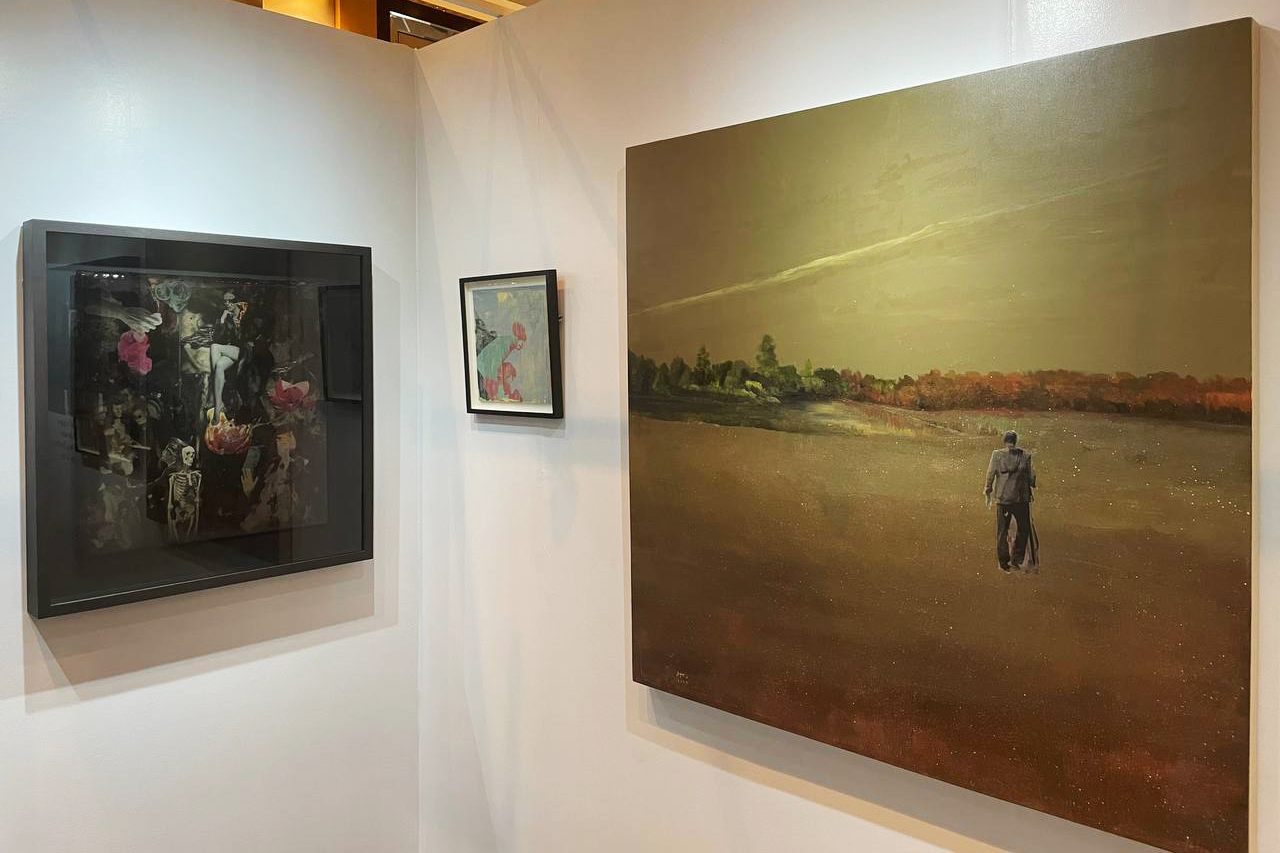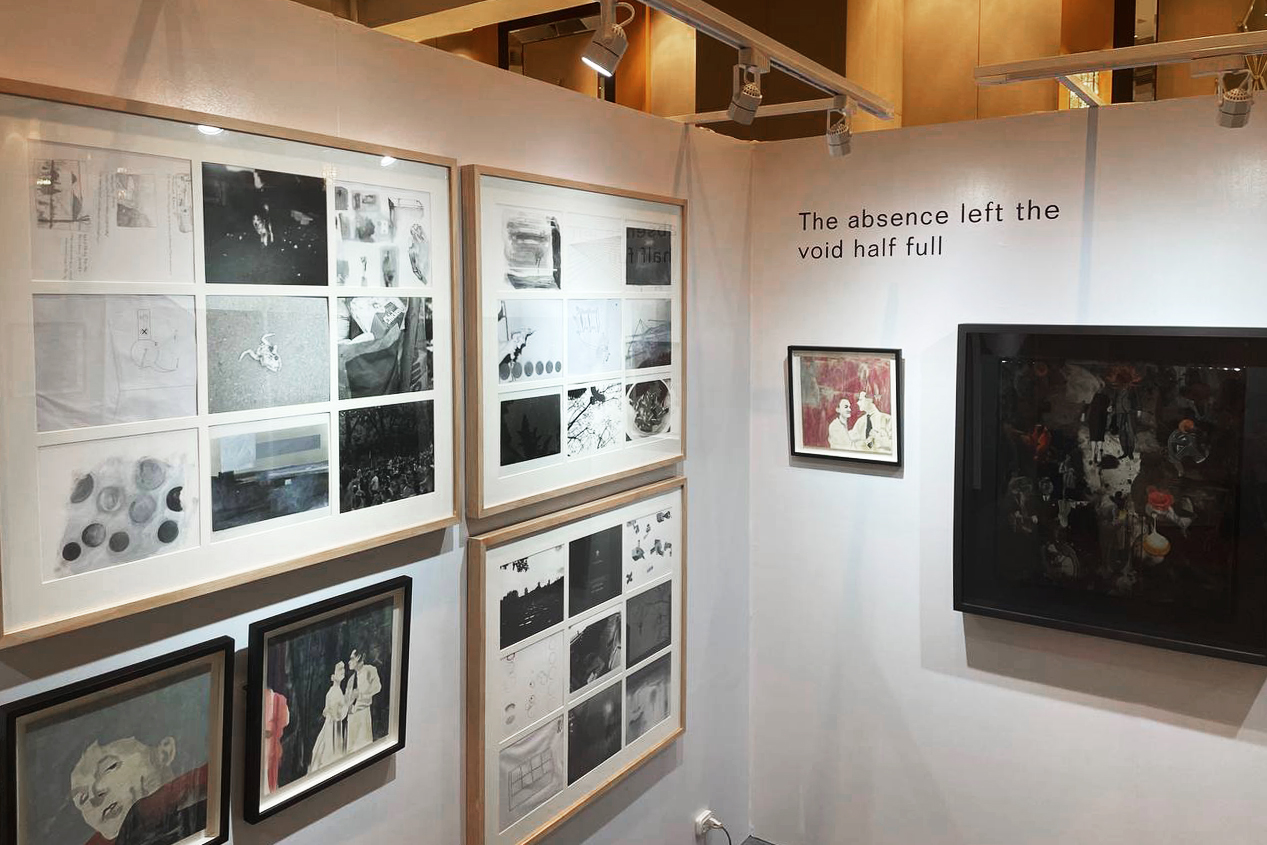Adapted from the original exhibition text.
In nothingness, there remains something, and from such nothingness, arises anything. The befuddling thought is captured empirically in the law of entropy: the measure of disorder. It stipulates that, over time, things inevitably descend into chaos. Things age, fade, decay, and we lose our hold on structures. This disorder, however, “is our default. Order is always artificial and temporary.”1
Cartellino’s first-ever physical exhibit at this year’s Modern and Contemporary Art Festival (MoCAF), The absence left the void half full treads the delicate borders between rupture and reconciliation, estrangement and intimacy, tumult and order, that man traverses in a lifetime. Presented by the Philippines’ leading visual arts publication Art+ Magazine, MoCAF is a three-day event showcasing Southeast Asia’s flourishing art scene. As part of its first edition, MoCAF 2022 features exhibitions by 19 galleries from across the region, and will hold a series of talks and shows for seasoned collectors and art enthusiasts alike.
Participating at the festival, Cartellino is joined by artists Jobert Cruz, Teo Esguerra, Is Jumalon, Arturo Sanchez Jr., and Jay Torres, whose recollections of time’s erosive torrent inquire into the necessity of such cataclysmic conflicts in our meaning-making efforts, and capacity to face and understand our own existence.
Jay Torres explores two perceptions of time in one’s quest toward comprehending the nature of one’s relationship with it: linear time, to which we fall prey, and inner time, whose fickleness often leads us astray. Bound by the order of time is an inquiry into the linearity of time symptomatic of a life sworn to the notion of ‘progress’, and the hierarchies to which it is indelibly bound. Inner time, as Torres interrogates in Eternal search for ethereal moments, is subject to speeding up or slowing down. How much of it, however, can we control? Inner time seemingly arbitrarily slows in the trudge of turmoil and turbulence, but breezes through moments of bliss. It is here that in one’s search for beauty, one is driven mad — but, like most cruel jests of time, find in this madness, that beauty.
Likewise, inspired by an elderly pastillas-vendor, Jobert Cruz’s collection of acrylic works on paper grapples with the relentless flow of time, grasping at the narratives we create for ourselves to keep from slipping into oblivion. Cruz chronicles scenes of the woman’s life across two connected series, Fake Memory and 3 Sisters, with a cinematic quality that blurs the lines between what we construe to be traces of photographic memory and what are mere figments of imagination. The stranger’s intimate, albeit invented, life thus becomes a province of our — the outside viewer’s — own introspection as we come to grips with the bind of existence.
While Cruz storyboards a stranger’s life, Teo Esguerra’s studies reveal a life marked with a sense of alienating familiarity. Born out of living just a few steps from two cemeteries, the artist’s Death Is My Neighbor series is an omnium-gatherum of graphic ephemera from the artist’s near and distant past, documenting his relationship with death, whose presence seems at times so close, and at others beyond recognition. New and old darkroom prints; screenshots from video games; paintings and illustrations; furniture manuals and booklets, all collect neatly though rather incoherently: the relics of a home, of a life being built and at once coming undone.
Ruminating on this same ephemerality, Arturo Sanchez Jr. captures the crepuscular waning of existence in a series of vignettes. Disturbed is an organized chaos of the artist’s collages and acrylic work, told with a mournful chiaroscuro. The collection of flashbacks and memories fade between layers, and dim at the corners: the fragments of a life spent and approaching its end. Encasing these effects in clear resin, Sanchez stills time and immortalizes the decay of beauty and the delicate beauty of decay, moments before everything goes dark.
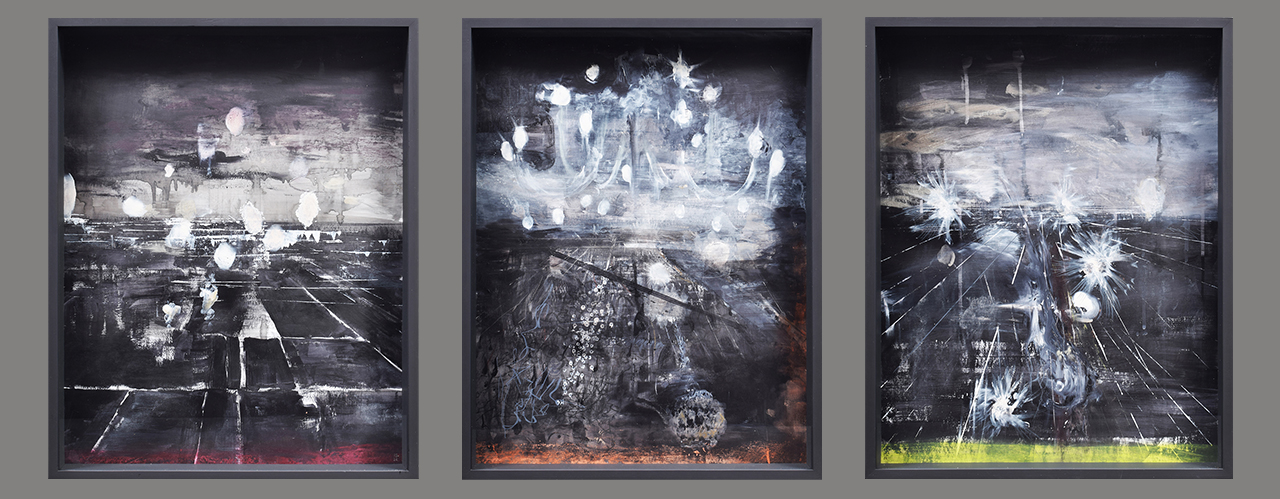
An artist committed to the deconstruction of reality, Is Jumalon’s scenography undertakes the limits of our perception and all that which we struggle to grasp. In Gossamer I, II, and III, the artist deviates from her usual practice as she feels for the edges of reality, the states of not-knowing and not-being. Emptiness materializes under Jumalon’s trenchant strokes, as glimmers and flashes of light dance around the void and pierce through the nothingness.
The void is something that has always eluded and continues to elude man, never absent from the periphery of human existence — its presence a given, looming for all eternity. The pull of entropy is relentless, stacking the odds against our very existence.
Yet, we persist to be. As Cruz, Esguerra, Jumalon, Sanchez, and Torres insist: at a loss of meaning, memory, even life, we wander across an emptiness half full of what was, what could, and what will be.
Installation shots of 'The absence left the void half full' at MoCAF at the Fairmont Makati.
Cartellino’s The absence left the void half full is part of the Modern and Contemporary Art Festival 2022, happening at the Fairmont Makati from July 29 to 31st.
Notes:
1Farnam Street. “Entropy: The Hidden Force That Complicates Life”, Farnam Street. https://fs.blog/entropy/.

